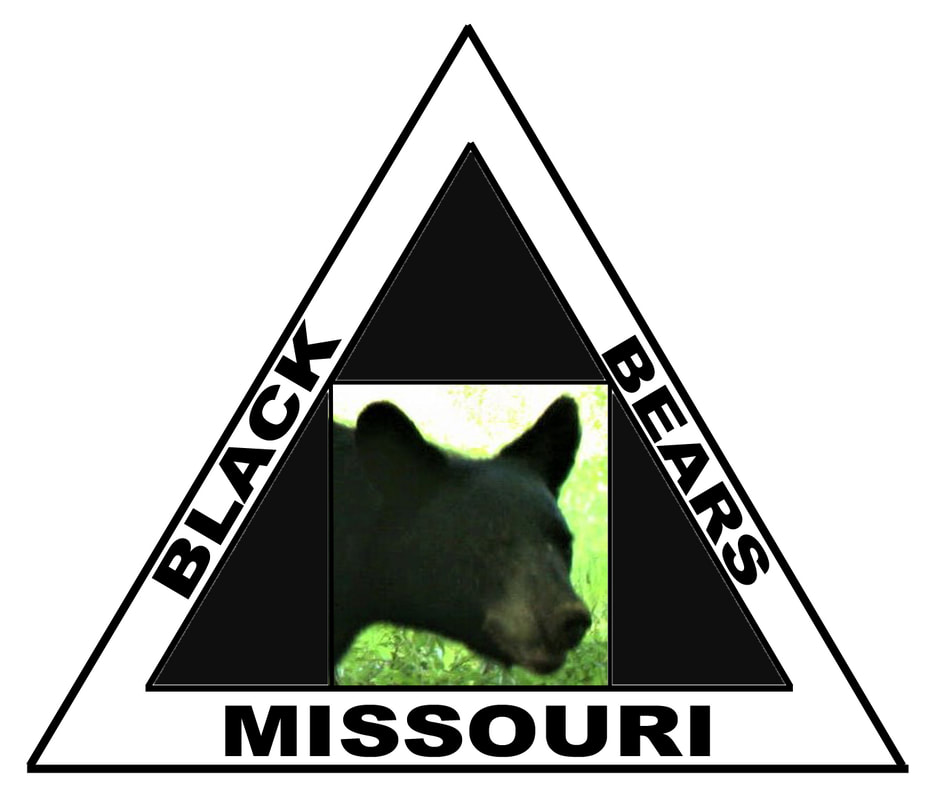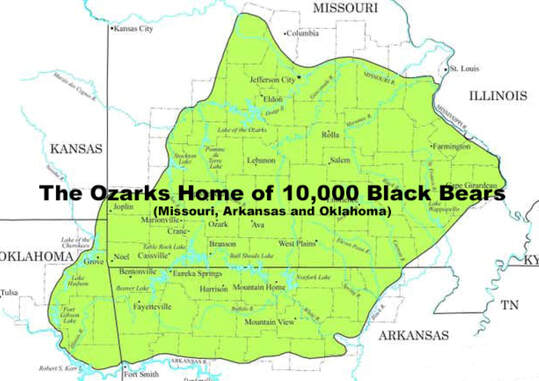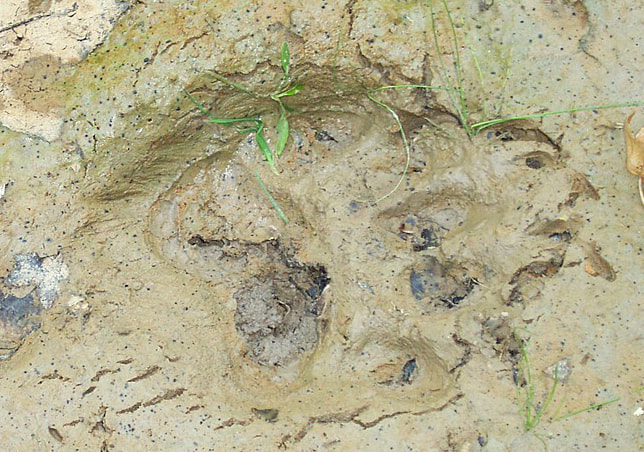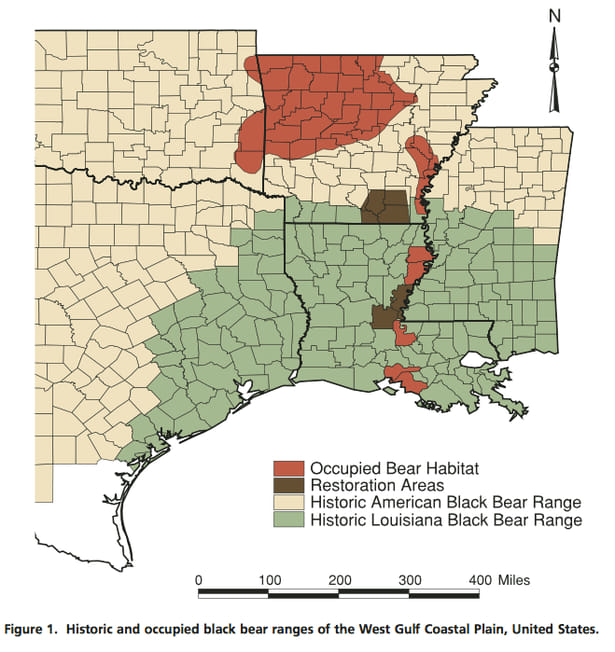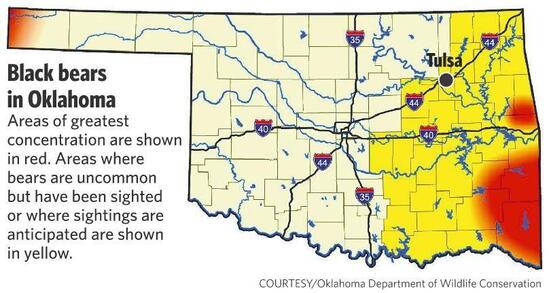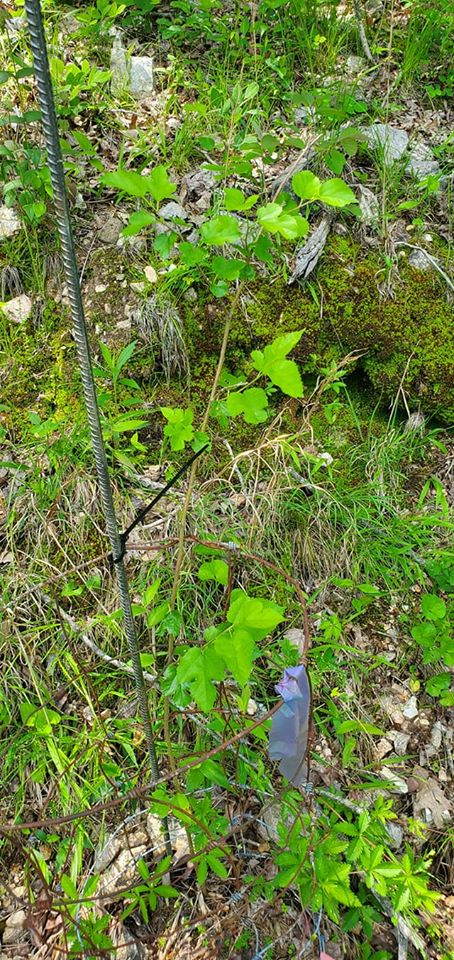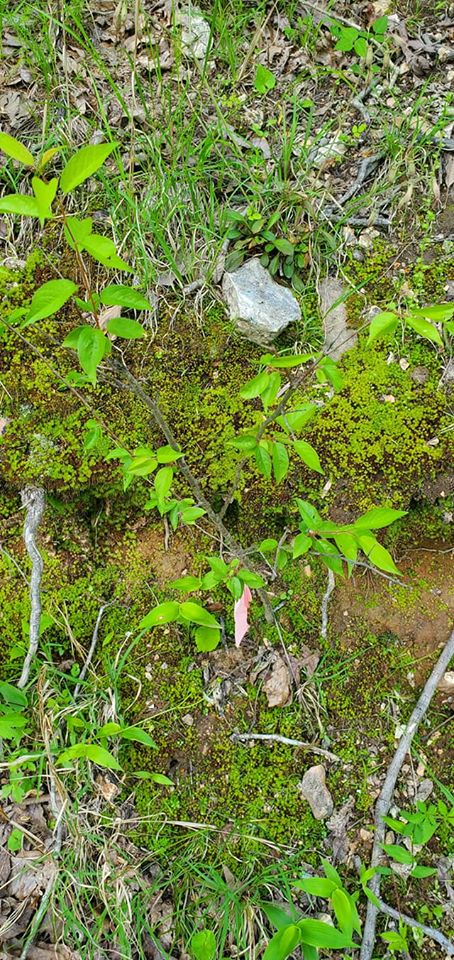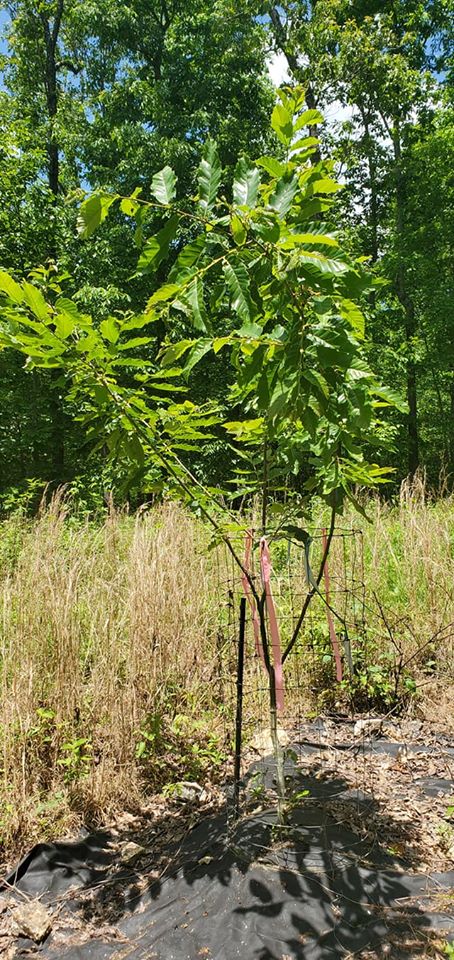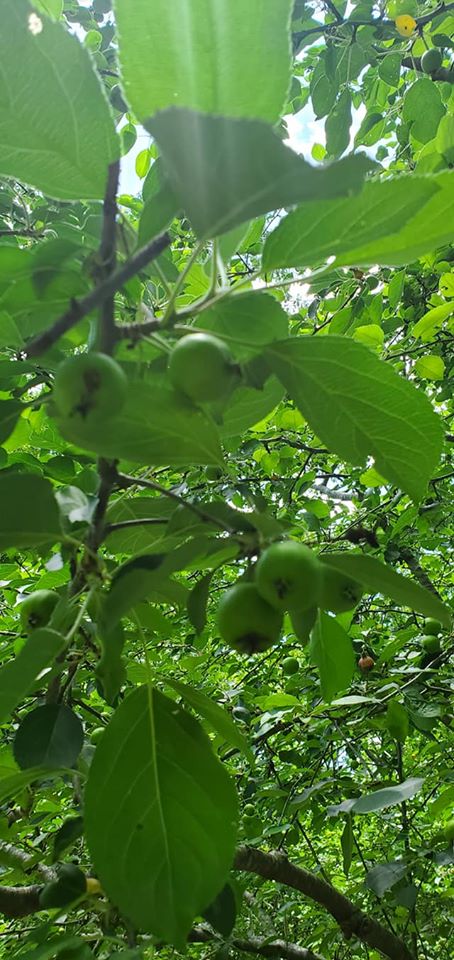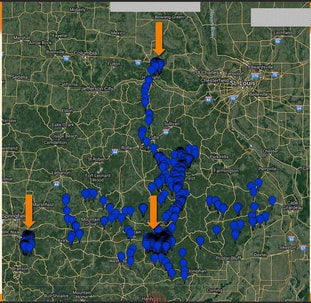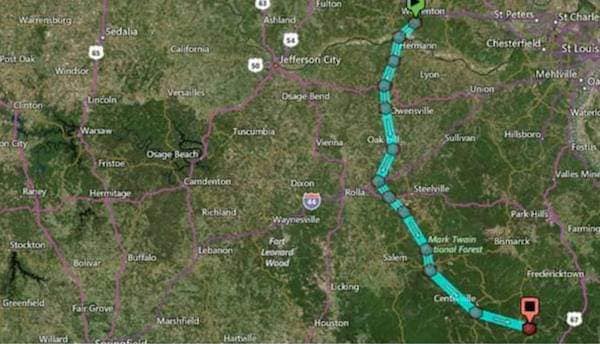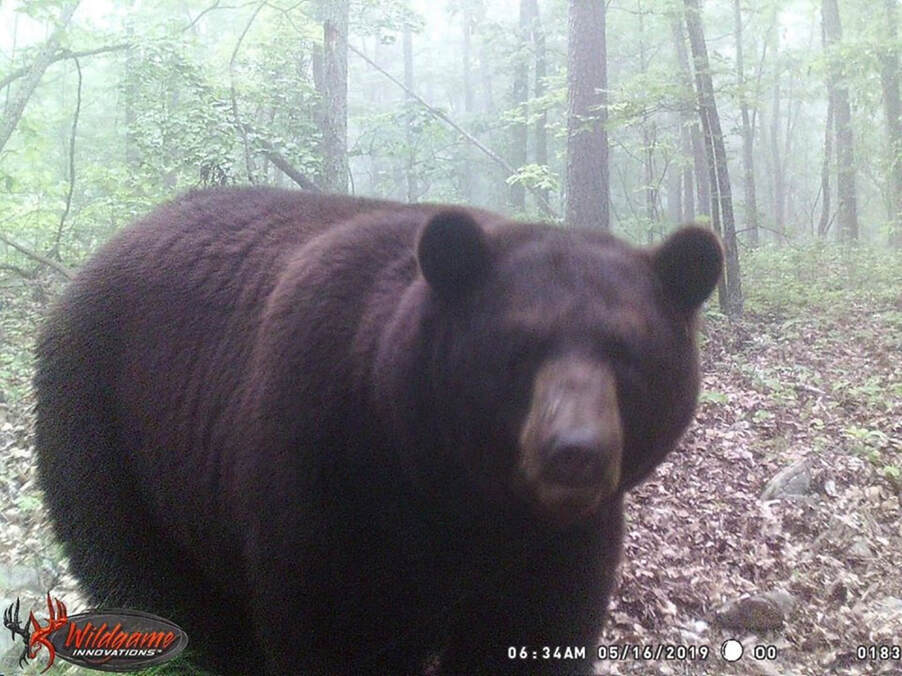- Home
- THE BOOK
- 2018 Daylight Activity Index
-
Outdoor Writer & Photo Journalist
- CWD - Missouri
- CWD Meeting
-
Missouri Wild Turkey
>
- THE RISE AND FALL OF THE MISSOURI WILD TURKEY
- 2021 Missouri Spring Turkey Season Worse in 24 Years
- Missouri Wild Turkey Regulation Changes Needed
- Missouri Wild Turkey Numbers
- Missouri Wild Turkey Conservation
- Missouri Wild Turkey Research
- MDC Mythbusters Missouri Turkey Population
- MDC Commission Meeting Wild Turkey
- Missouri Quail and Wild Turkey
- Missouri Wild Turkey Handout
- 2022 Missouri Wild Turkey Season
- Missouri Wild Turkey Habitat Initiative
- Missouri Wild Turkey Habitat Initiative Only
- Wild Turkey Hens Killed in Missouri
- Wild Turkey Questions for MDC
- 2022 Missouri Wild Turkey Poult Production
- 1st Annual National Wild Turkey Symposium
- 2nd Annual National Wild Turkey Symposium
- 3rd Annual National Wild Turkey Symposium
- 4th Annual National Wild Turkey Symposium
- 6th Annual National Wild Turkey Symposium
- 7th Annual National Wild Turkey Symposium
- 8th Annual National Wild Turkey Symposium
- 9th Annual National Wild Turkey Symposium
- 2023 Missouri Spring Turkey Season
- Missouri Wild Turkey History
- Missouri Bobwhite Quail History
- Missouri Rough Grouse History
- Missouri Pheasant History
-
Missouri Black Bear
>
-
Missouri Wild Hog Crisis
>
- HISTORY OF MISSOURI FERAL 2022 HOGS
- Missouri Wild Hog Records
- Bollinger Wild Hog
- Wayne County Hogs
- Madison Hogs
- Perry Hogs
- Reynolds Hog
- Iron Hogs
- Stoddard Hogs
- Newton Hogs
- Phelps Hogs
- St. Francois Hogs
- Shannon Hogs
- Carter Hogs
- Ripley Hogs
- Oregon Hogs
- Texas Hogs
- Butler Hogs
- Pulaski Hogs
- Crawford Hogs
- Dent Hogs
- Laclede Hogs
- Barry Hogs
- Stone Hogs
- Taney Hogs
- McDonald Hogs
- Cape Girardeau Hogs
- Johnson Hog
- Washington Hog
- Dade Hog
- Wright Hog
- Missouri Elk
- Horntagger's Radio Show
- Horntagger Outdoor Columns
- Horntagger Outdoor Travel >
- Business Imagery Consultant
- Outdoor Shows and Events
- Outdoor Product Development
- Wildlife and Habitat Improvement
- Hunter Selfie
Proudly powered by Weebly
